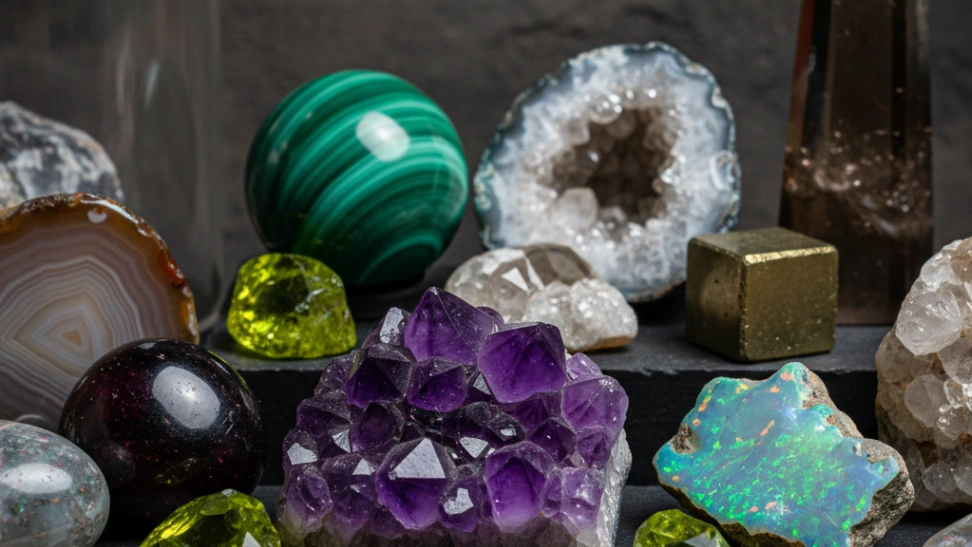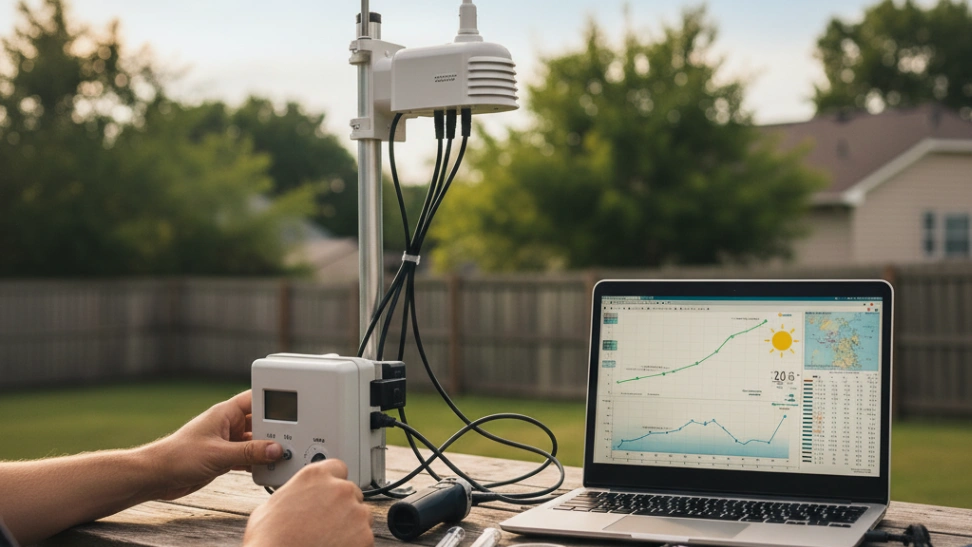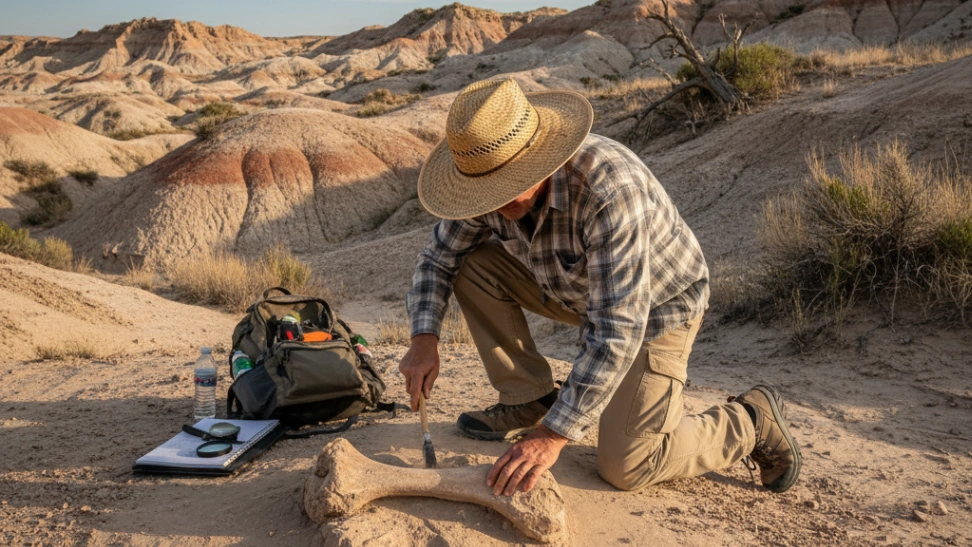Mineral and gem collecting is a broad and multi-faceted hobby, appealing to individuals with diverse interests. At its core, it is about appreciating the natural beauty and scientific significance of minerals. Minerals are naturally occurring inorganic solids with a definite chemical composition and a characteristic crystal structure. Gemstones are typically minerals that have been cut and polished for use in jewelry, but in collecting, they often refer to the raw, beautiful crystal forms. Collectors might specialize in specific types of minerals, such as fluorescent minerals, geodes, meteorites, or rare earth elements. Others might focus on minerals from a particular geographical region or those exhibiting exceptional crystal habits. The pursuit often involves learning about crystallography, geology, chemistry, and mineral identification techniques. It's not just about finding pretty rocks; it's about understanding the geological processes that formed them, their atomic structure, and their place in the Earth's history. This deep dive into scientific principles is a significant draw for many.
The methods of acquiring minerals and gems are varied. Field collecting, or "rockhounding," is a popular and adventurous aspect of the hobby. This involves visiting quarries, mines, riverbeds, mountains, and other geological sites to excavate specimens directly from the Earth. Proper tools like rock hammers, chisels, sieves, and safety gear are essential. Field collectors gain immense satisfaction from unearthing a specimen with their own hands, connecting directly to the thrill of discovery. Beyond field collecting, minerals can be acquired through purchasing from dealers, attending gem and mineral shows, trading with other collectors, or even finding them in online auctions. Gem and mineral shows are vibrant events where collectors can view, purchase, and learn about a vast array of specimens from around the world, often directly from the miners or primary dealers. Identification is a key skill, utilizing hardness tests, streak tests, specific gravity measurements, and visual examination of crystal form, color, and luster.
The appreciation and collection of minerals and gemstones date back to antiquity. Early humans likely collected interesting stones for tools, adornment, and spiritual significance long before formal scientific understanding. Ancient civilizations, such as the Egyptians, Greeks, and Romans, prized gemstones for jewelry and decorative objects, often attributing mystical properties to them. Pliny the Elder, a Roman naturalist, wrote extensively about minerals in his "Natural History" in the 1st century AD, documenting their properties and uses. During the Renaissance, interest in natural history surged, and "cabinets of curiosities" or "Wunderkammern" became popular among the wealthy elite, showcasing exotic natural specimens, including minerals. This period saw the beginnings of systematic mineral collection and classification. The 18th and 19th centuries marked the formalization of mineralogy as a science, driven by figures like Abraham Gottlob Werner and René Just Haüy, who established scientific classification systems based on crystal structure and chemical composition. Industrial mining also expanded, making more diverse specimens available. Today, mineral and gem collecting continues to thrive as a global hobby, supported by a vast community of enthusiasts, educational institutions, and commercial enterprises. The accessibility of information and tools has broadened its appeal, allowing both amateur and seasoned collectors to deepen their knowledge and expand their collections. The rich history underscores the enduring human fascination with the treasures hidden beneath our feet.
Beyond the tangible collection, the hobby offers numerous intellectual and personal benefits. It sharpens observational skills, fosters patience, and encourages continuous learning in earth sciences. The thrill of discovery, whether in the field or through identifying a new specimen at home, is incredibly rewarding. It can also be a wonderful way to connect with nature and appreciate geological landscapes. The mineral and gem collecting community is vibrant and supportive, with numerous local clubs, national organizations, online forums, and social media groups. These communities provide opportunities for sharing knowledge, participating in field trips, attending educational lectures, and trading specimens. Mentorship is common, with experienced collectors often guiding newcomers. Annual gem and mineral shows, such as the Tucson Gem & Mineral Show, are major events that draw enthusiasts and dealers from all over the world, creating a bustling marketplace and a hub for learning and networking. This social aspect, combined with the solitary joy of discovery and study, makes mineral and gem collecting a uniquely fulfilling and lifelong pursuit.



